Gouache and oil on cardboard, bearing the studio sale stamp on the back
21.5 x 27 cm
Provenance:
Sale of the Dora Maar estate, Piasa - Mathias, Paris, October 28-29, 1998
Private collection, Paris
Dora Maar: Alone at the edge of the earth
HenrietteThéodora Markovitch, was born in Paris but raised in Argentina, where her father, an architect of Croatian origin who had settled in France, obtained several commissions.Back in Paris in 1926, the young woman, who was destined for painting, enrolled in André Lhote's studio in Montparnasse. On the advice of her friend, the art critic Marcel Zahar, she also enrolled at the École de Photographie de la ville de Paris. It was in this field that she became known, using photography in her artistic research, at the heart of the surrealist movement. The name Dora Maar is inextricably linked to that of the most famous painter of the 20th century. Having been his muse, his lover for nearly ten years, she is forever in the collective imagination "the weeping woman," painted many times by Picasso. Dora Maar is also in the shadow of another myth: Man Ray, whose assistant she was for a time. However, after sharing a studio with Pierre Kefer between 1930 and 1934, she was able to found her own photography studio, 29 rue Astorg. Taking advertising photography and nudes for glamour magazines, in her studio she also devoted herself to formal and experimental research, to the practice of artistic photography in which she revealed herself to be particularly gifted and daring. Under the pseudonym Dora Maar, she composed strange photomontages, sometimes erotic, sometimes poetic, dreamlike and disturbing, works with a latent sensuality that made her one of the best ambassadors of the surrealist movement. Engaged in a group of far-left activists, she met the writer Georges Bataille, whose mistress she remained for a time and signed alongside him the Contre-Attaque manifesto, a political tract proclaiming the union of struggle of revolutionary intellectuals around Bataille and Breton, in October 1935. It was then that she was about to meet Picasso. Seated at the Café des Deux Magots, Paul Éluard depicts her, dangerously passionate, who enjoys sticking a penknife between her fingers on the table when the Minotaur sees her. Years of stormy passion ensue. Dora Maar documents through her photographs the work of the painter harnessed to the great machine of Guernica in 1937 and these works showing the successive stages of the work serve to advance the painting. Both also experiment with curiosity with a thousand and one formal facets of photography: film engraving, photograms, "glass clichés"... Encouraged by Picasso, Dora Maar also returns to painting, exploring the Cubist vein, inevitably subject to the influence of the master. The separation from Picasso is a brutal shock from which Dora Maar will seem never to recover. She will even be interned for a time. Yet she continued to paint, landscapes, evocations that met abstraction and a certain mysticism in which she ended up taking refuge. She decided to divide her time between Paris and Ménerbes where she ended up living in poverty and seclusion. Marcel Fleiss, who met her towards the end of her life, described her Parisian apartment as "the lair of a tramp." She had deliberately cut herself off from all her friends and openly displayed anti-Semitic and homophobic ideas. She was a lonely woman who left this world at the end of the 1990s, with its contradictions, the flashes of youth and the dark side of this old woman, the one on whom the abandoned, inconsolable lover had placed her burden. She is buried in the communal cemetery of Clamart where only five people follow the procession. Her painted work remained virtually unknown until a posthumous auction organized in 1999, which revealed the extent of her plastic research, which had never left her studio. In 2019, the Centre Pompidou, which owns a significant collection of her photographic production, is dedicating a major retrospective to her, thus revealing her multiple talents to the general public.
Discover more of this artist's works on the gallery's website: https://www.galeriepentcheff.fr/fr/peintre-dora-maar#Oeuvres



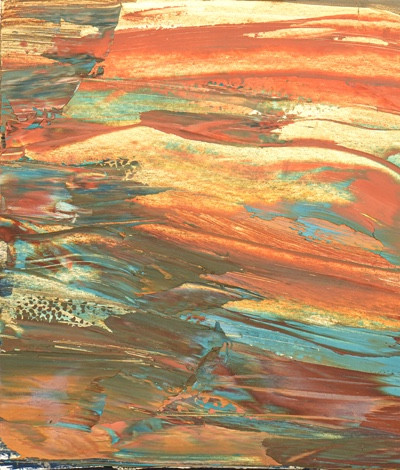
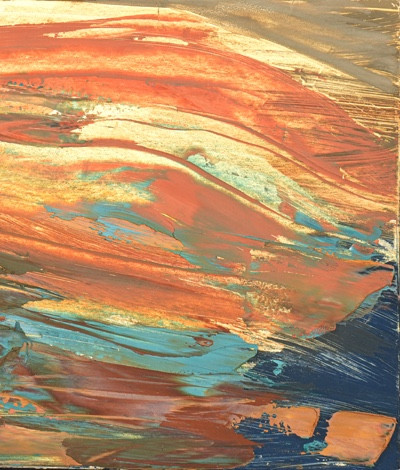
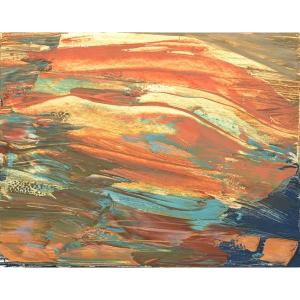







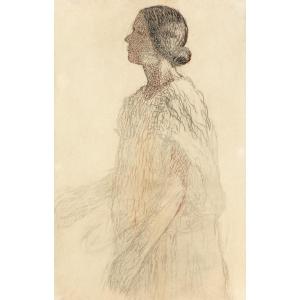

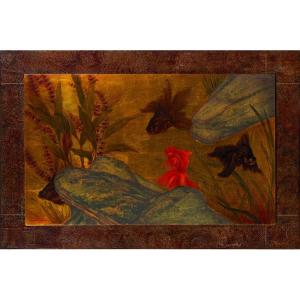
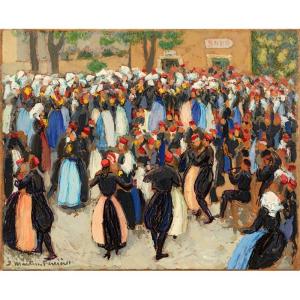
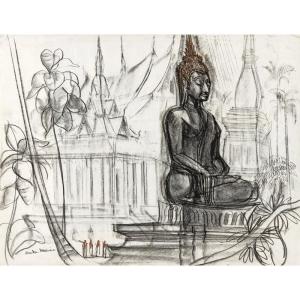



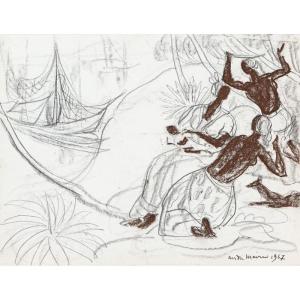


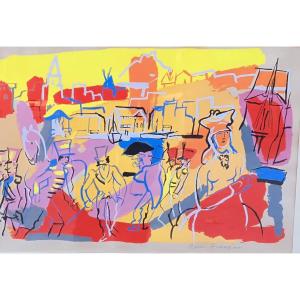
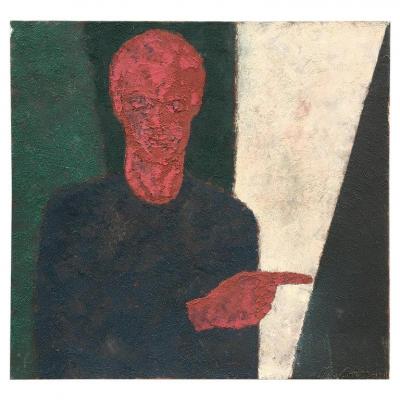






 Le Magazine de PROANTIC
Le Magazine de PROANTIC TRÉSORS Magazine
TRÉSORS Magazine Rivista Artiquariato
Rivista Artiquariato